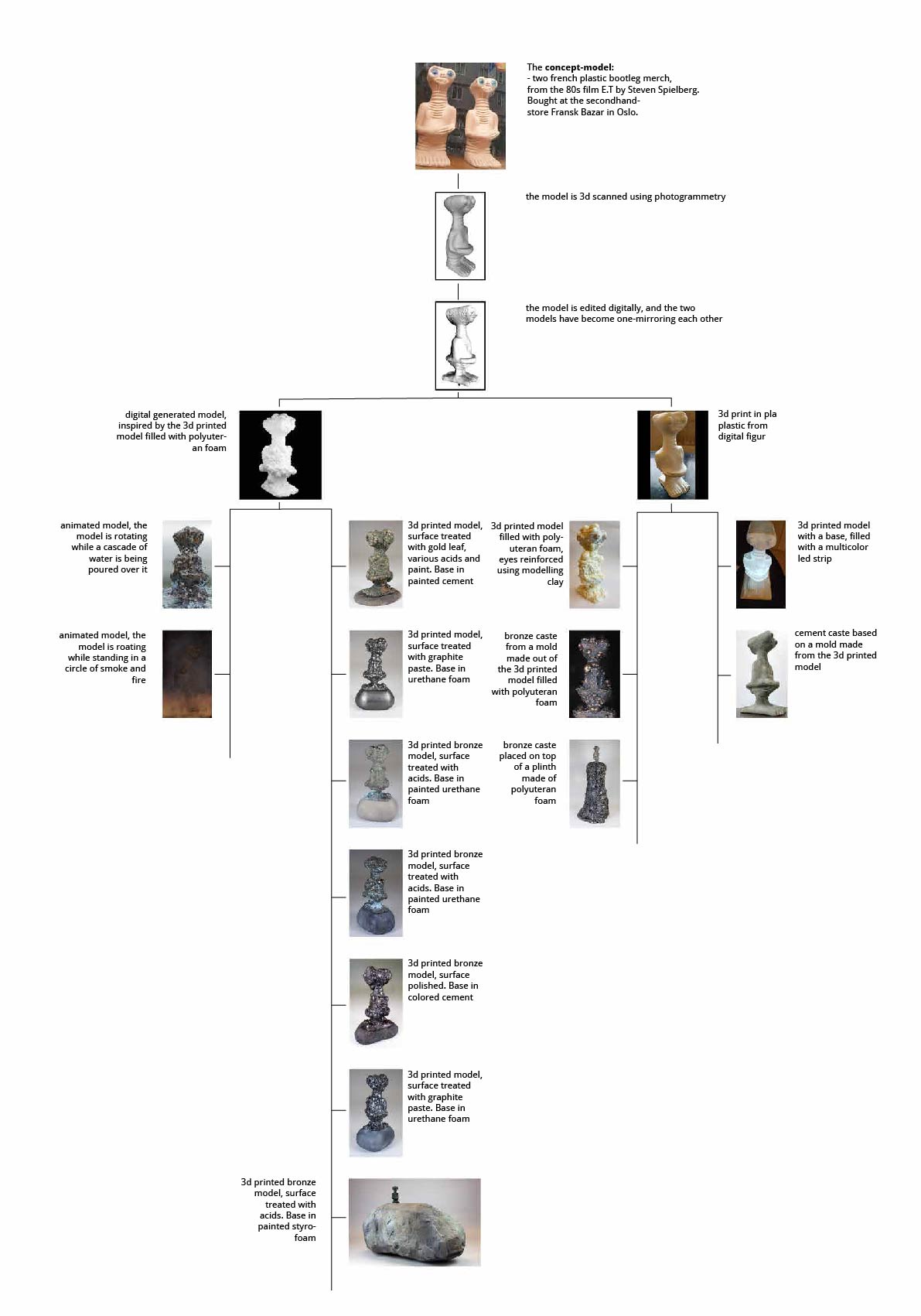Introduction
3D printing has revolutionized the manufacturing industry, offering endless possibilities for creating complex and customized engineering parts. However, one of the challenges faced in 3D printing is addressing tolerance issues. Tolerance refers to the allowable variation in dimensions and properties of a part. In this article, we will explore the importance of addressing tolerance issues in 3D printed engineering parts and discuss strategies to overcome them.
The Significance of Tolerance in Engineering Parts
Tolerance plays a crucial role in ensuring the functionality and reliability of engineering parts. Inaccurate tolerances can lead to improper fit, misalignment, and compromised performance. For critical applications such as aerospace, automotive, and medical industries, precision and accuracy are of utmost importance. Therefore, addressing tolerance issues becomes essential to meet the required specifications and standards.
Factors Influencing Tolerance in 3D Printing
Several factors contribute to tolerance issues in 3D printed engineering parts:
Machine Calibration
Proper calibration of the 3D printing machine is vital to achieve accurate dimensions. Regular calibration ensures that the printer is functioning optimally and producing parts within the desired tolerances.
Material Properties
The choice of material used in 3D printing affects the tolerance of the final part. Different materials have varying shrinkage rates, thermal expansion coefficients, and mechanical properties. Understanding these material characteristics is crucial in determining the appropriate tolerances for each specific material.
Design Considerations
The design of the part itself can impact tolerance issues. Features such as overhangs, thin walls, and intricate geometries can be challenging to print accurately. Designers must consider these factors and make necessary adjustments to ensure the part can be printed within the desired tolerances.
Strategies to Address Tolerance Issues
Design Optimization

Optimizing the design for 3D printing can help address tolerance issues. By simplifying complex geometries, reducing overhangs, and adding support structures, the chances of achieving accurate dimensions are improved. Utilizing design software specifically tailored for 3D printing.
Summary
3D printing offers immense potential for creating intricate and customized engineering parts. However, ensuring the dimensional accuracy and tolerance of these parts can be a significant challenge. In this blog post, we discussed the importance of tolerance in 3D printing and explored the various issues that can arise.
We examined the factors that contribute to tolerance variations, such as machine limitations, material properties, and design considerations. Additionally, we discussed the impact of tolerances on the functionality and fit of the final product, emphasizing the need for precise and consistent dimensions.
To address tolerance issues, we explored several strategies, including optimizing design for additive manufacturing (DFAM), using appropriate printing parameters, and post-processing techniques. These approaches help minimize dimensional variations and improve the overall quality of 3D printed parts.
By implementing these strategies and staying updated with the latest advancements in 3D printing technology, engineers can overcome tolerance challenges and achieve accurate and reliable results. With continued hop over to this site research and development, the future of 3D printing holds even greater promise for producing high-quality engineering parts with tight tolerances.
- Q: What are tolerance issues in 3D printed engineering parts?
- A: Tolerance issues in 3D printed engineering parts refer to deviations or variations in the dimensions, shape, or fit of the printed parts compared to the intended design specifications.
- Q: What factors can contribute to tolerance issues in 3D printed engineering parts?
- A: Several factors can contribute to tolerance issues in 3D printed engineering parts, including machine calibration, material properties, printing parameters, design complexity, and post-processing techniques.
- Q: How can tolerance issues in 3D printed engineering parts be addressed?
- A: Tolerance issues in 3D printed engineering parts can be addressed through various methods such as optimizing design for additive manufacturing, adjusting printing parameters, conducting thorough testing and validation, implementing post-processing techniques like sanding or machining, and ensuring proper machine calibration.
- Q: Why is optimizing design important for addressing tolerance issues in 3D printed engineering parts?
- A: Optimizing design for additive manufacturing is crucial as it allows for the consideration of specific 3D printing constraints and capabilities, resulting in designs that are more tolerant to the inherent limitations of the printing process.
- Q: How can printing parameters be adjusted to mitigate tolerance issues?
- A: Printing parameters such as layer height, print speed, temperature, and infill density can be adjusted to improve dimensional accuracy, surface finish, and overall part quality, thereby reducing tolerance issues.
- Q: What role does testing and validation play in addressing tolerance issues?
- A: Testing and validation help identify potential tolerance issues early on by comparing the printed parts against the intended design specifications. This allows for necessary adjustments and improvements to be made before final production.
- Q: Can post-processing techniques help in addressing tolerance issues?
- A: Yes, post-processing techniques like sanding, machining, or surface treatments can be employed to refine the dimensions and surface finish of 3D printed engineering parts, thereby reducing tolerance issues.
- Q: How important is machine calibration in minimizing tolerance issues?
- A: Machine calibration is crucial in

Hello, I’m Archie Ewers, a dedicated Professional Print Application Consultant with a passion for 3D scanning solutions, educational 3D projects, engineering in 3D, and sustainability in 3D printing. With years of experience in the industry, I have developed a deep understanding of the intricacies and possibilities that this technology offers. Read More

